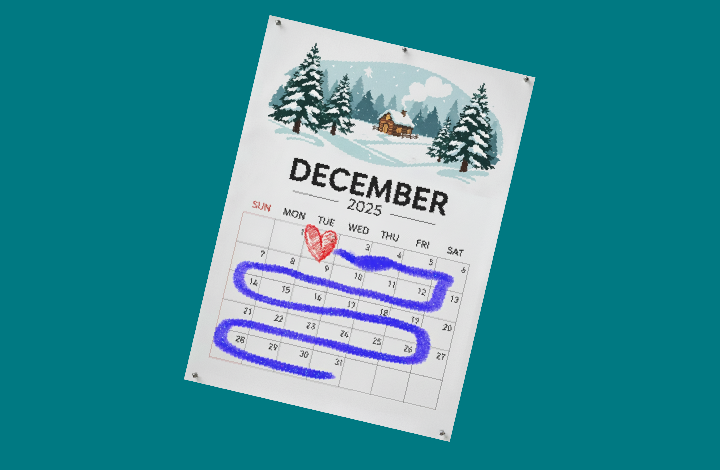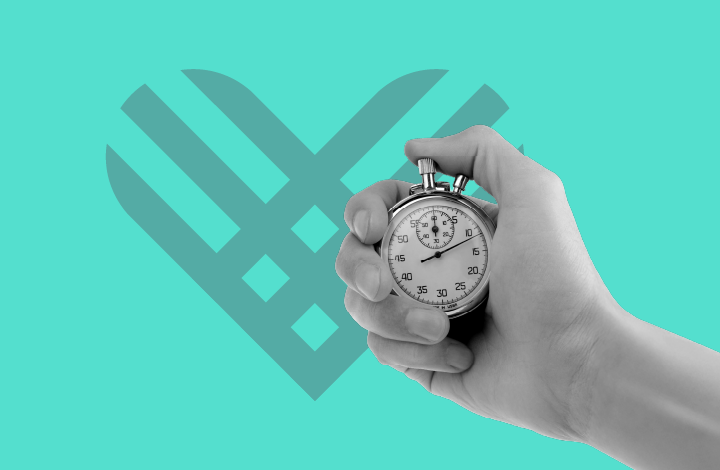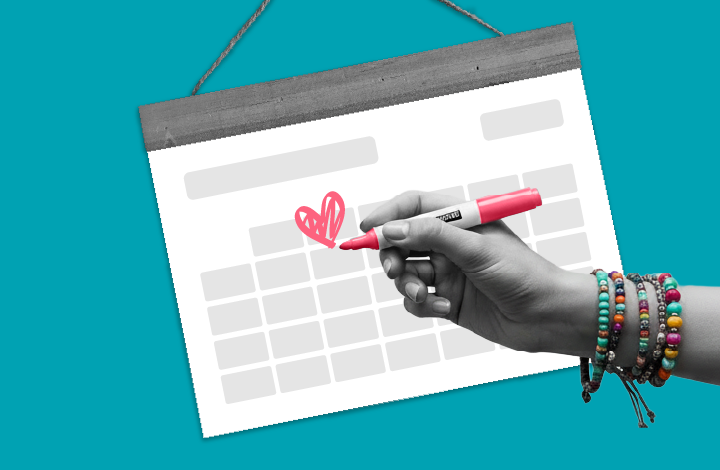From empathy to action: engage donors by making it personal

An understanding of donor psychology can help boost donations on GivingTuesday. By tailoring your strategic communications, you can leverage key psychological theories to connect with potential donors on a meaningful, personal level. This, in turn, increases their engagement with your nonprofit and ensures ongoing support of your mission.
Identifiable victim effect: build empathy through emotional storytelling
A statistic is not the most potent way to inspire donors.
Studies show that a story about a specific person, not data, triggers an emotional reaction and is more likely to spur generous giving. This is called the “identifiable victim effect.” Although people may intellectually recognize a problem their donations can help fix, we humans care more when we can picture a person benefiting from our generosity.
Personal stories serve as calls to action, whether they feature an injured dog needing surgery, a student choosing between rent and textbooks, or a veteran accessing mental health care. Make the most of these stories through evocative photos, videos and emotional language that move donors to visualize the recipients of their generosity. Use our Canva templates for your GivingTuesday graphics.
Social proof: supercharge giving
There’s a good reason why Give Lively fundraising pages include the option to show recent donations and Peer-to-Peer Fundraising and Team Fundraising pages have an integrated leaderboard.
When potential donors see that many others have already contributed to a cause or that people they know are participating, it fosters a sense of trust and builds momentum. This is called “social proof,” a potent psychological lever that uses peer influence to drive behavior.
When donors visit your fundraising pages, they’re often looking for an indication that what they see is real and worthy. Social proof is one of the most effective ways to check those due diligence boxes.
Tap into this by weaving testimonials from current supporters into your material, enabling the recent donor list on your Give Lively-powered Campaign Pages and sharing real-time donation activity via Live Display. Progress thermometers like those on Give Lively fundraising pages help too, because people like to be part of a movement and collective success.
Loss aversion: use deadlines to ramp up urgency
Urgency is a powerful motivator on GivingTuesday. It activates what behavioral economists call “loss aversion.” Donors don’t want to miss their chance to make a difference but if there’s no incentive to give now instead of next week, many delay and forget.
As part of your GivingTuesday game plan, ensure donors understand that your campaign is time-sensitive. Communicate a clear, time-bound reason to bridge the gap between reading your call to action and clicking the donate button.
Values-based action: let identity and values drive giving behavior
People make donation decisions that align with their personal values. This is called a values-based action because it reinforces their sense of self. Perhaps they want to be seen as generous, empathetic, well-informed or brave. Their giving patterns reflect this so your communications should speak directly to these qualities as well.
For someone motivated by generosity, you could state, "Your donation empowers us to continue our vital work." For someone motivated by bravery, your copy could read, "Together, we can face challenges head-on and create lasting change." And phrases such as “You’re the kind of person who…” subtly but powerfully reinforce the idea that giving is an intrinsic part of a person's identity, rather than a random act.
Including personal values in your communications will also help welcome all types of donors. You may not know the motivations of each supporter, but segmented and/or tailored messaging is a good practice, when feasible.
FOMO: increase donor generosity
Fear of missing out, or FOMO, is a strong motivator. You probably became familiar with FOMO early in life – the anxiety that you’re missing out on rewarding experiences if you don’t participate.
FOMO combines elements of social proof, urgency and identity. It’s why GivingTuesday campaigns, Peer-to-Peer Fundraising and viral campaigns perform so well. When people see others rallying around a cause, they want to be included. Use FOMO with campaign milestones, matched donation events, Live Display or supporter shoutouts.

Put it all together into a game plan
As mentioned above, one power of GivingTuesday is the urgency it creates around giving on a particular day. Leverage it maximally to thrive, especially in tough times!
Start building a GivingTuesday game plan today that incorporates the advice above and build momentum toward GivingTuesday and beyond.
If you don’t already have a structured program, now's the time to set one up. Better yet, use the free outline we’ve pulled together to guide you every step of the way. Yes, you read that right: our GivingTuesday Playbook is free and includes:
- 🗓️ A four-phase plan to guide strategy through the end of the year.
- ❤️ Strategies to engage and inspire donors without overwhelming them.
- 🤝 Simple ways to empower board members and volunteers as fundraising champions.
- 🎁 Pro tips for using our free products, like Campaign Pages and Text-to-Donate, to boost results.
- 🌱 Stewardship strategies that keep the GivingTuesday energy going strong.
Interested in getting your hands on this? Visit our GivingTuesday Game Plan page and fill out a form for instant access.
You’ll also be able to:
- 🔁 Watch the replay of our GivingTuesday Game Plan webinar – Revisit the key takeaways of how to turn one big day into year-end success.
- 🔦 Explore the vault – Check out our GivingTuesday Toolkit with editable Canva templates designed around GivingTuesday.
Community Office Hours
Got questions at other times? Join our casual weekly Community Office Hours, held every Friday from 3 pm to 4 pm ET. Sign up here.
From empathy to lasting support for your mission
Your work is too important to be like spaghetti thrown at a wall, especially when times are tough for nonprofits. It’s not enough to simply hope that your message sticks and convinces people to support your mission. By leveraging the identifiable victim effect, social proof, loss-aversion, values-based action and FOMO, you can transform your nonprofit’s digital fundraising efforts.
A strategic approach to communication taps into donor psychology, fosters deeper connections, inspires greater generosity and cultivates lasting support for your mission. Make this GivingTuesday and every fundraising campaign a success by making it personal.









.svg)
.svg)
.svg)
.svg)











